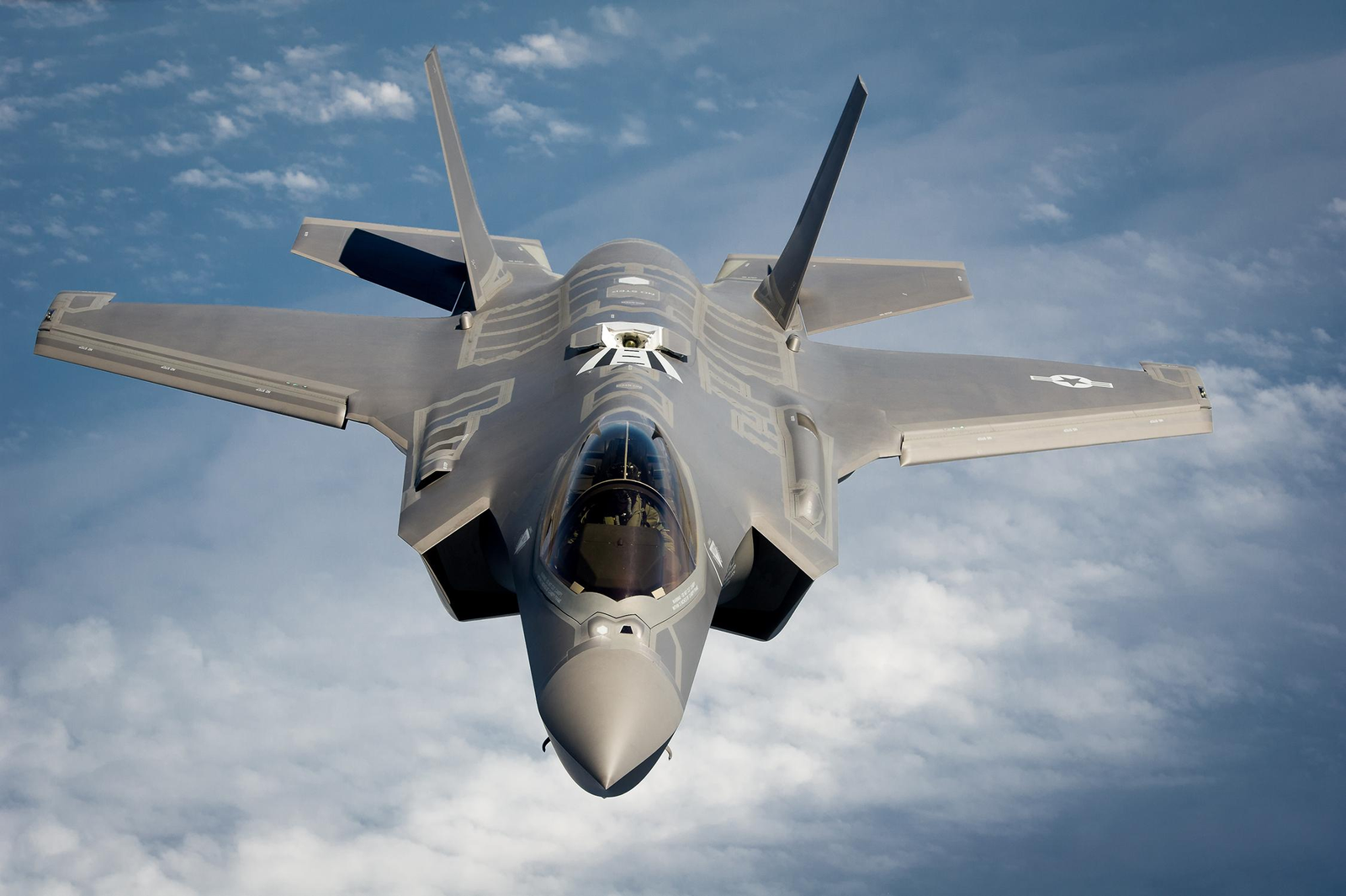There’s something inherently fascinating about stealth planes. Perhaps it’s their streamlined, otherworldly appearance, or the near-mythical reputation they’ve built up—like the superheroes of the clouds, flying in unseen to conduct precision strikes. But beneath the Hollywood image, stealth technology is a wonderful combination of science, psychology, and strategy. It’s not only altering the nature of war—it’s altering the way countries project power, construct a defense, and influence morale.

Let’s make one thing clear: stealth is not invisible. As Sandboxx News explains, fighters like the F-35 are built to evade detection from some types of radar, but they’re not magic-cloaked. Some radars—lower-frequency ones in particular—can still pick up that something’s up in the air. The catch is, they can’t get a precise lock on it to launch a missile. The high-frequency radars, which can lock on and lead a weapon, are precisely what these planes are designed to evade. So sure, enemies may realize a stealth plane is nearby—but halting it? That’s the tricky part.
And that lag between detection and targeting is precisely where stealth is such an effective weapon. It’s not merely about avoiding radar—it’s about introducing uncertainty. When a nation is aware that stealth bombers might be hovering above at any time, capable of attacking without notice, it makes them question their whole defense posture. That level of uncertainty does not merely impact military strategy—it plays tricks with the brain.
We’ve seen this dynamic at work in the recent Israel-Iran conflict. According to NPR, Israel has used F-35 fighters to carry out hundreds of airstrikes against Iranian positions, claiming to have seriously damaged Iran’s air defenses. Prime Minister Benjamin Netanyahu described a successful intelligence campaign that essentially opened a “free highway to Tehran” for Israeli forces. Iran struck back with massive missile volleys—but thus far, Israeli planes have been untouched, highlighting the success of stealth combined with sophisticated defense systems.
Of course, warfare isn’t limited to the skies these days—it’s fought in the information battlefield, too. Iran has boasted about bringing down Israeli F-35s, even posting supposed photos of it online. But fact-checkers such as Snopes say there’s no concrete proof behind the rumors, and the pictures themselves seem to have been doctored or AI-generated. In war, perception is as powerful as reality.
In the meantime, the U.S. Air Force is not standing idle. At Whiteman Air Force Base, twelve B-2 Spirit bombers recently flew in a demonstration of power called Exercise Spirit Vigilance. It was more than a practice flight—a demonstration for all to see of preparedness. As Col. Keith Butler explained, these flights made one point clear: the B-2 is not only ready to fight but also a deterrent. It’s a warning to any potential foe that the U.S. can deploy sheer air power at any moment.
But the technology only goes so far without the people behind it. Col. Geoffrey Steeves highlighted the role of Airmen—the pilots, technicians, and support crews—who keep these aircraft flying and missions on track. Their skill, flexibility, and commitment are what make all this possible. As global tensions rise and great power competition heats up, that human factor becomes even more critical.
Down the road, the next generation is already making preparations to soar. In development now, the B-21 Raider promises to advance stealth and long-range strike capacity to a new high. Durable enough for both conventional and nuclear missions, it’s made to fly in the most challenging, most contested skies. But as with its ancestors, it won’t simply depend on technology—it’ll also depend on the capacity to remain ahead of threats, both on the battlefield and in terms of perception.
So, stealth planes won’t be invisible, but their effect is decidedly real—on strategy, on morale, and on power psychology. In a world where what you can do is important, but what others perceive that you can do is important too, stealth is one of the most powerful weapons in the arsenal. And sometimes that little bit of mystery is enough to maintain the upper hand.
